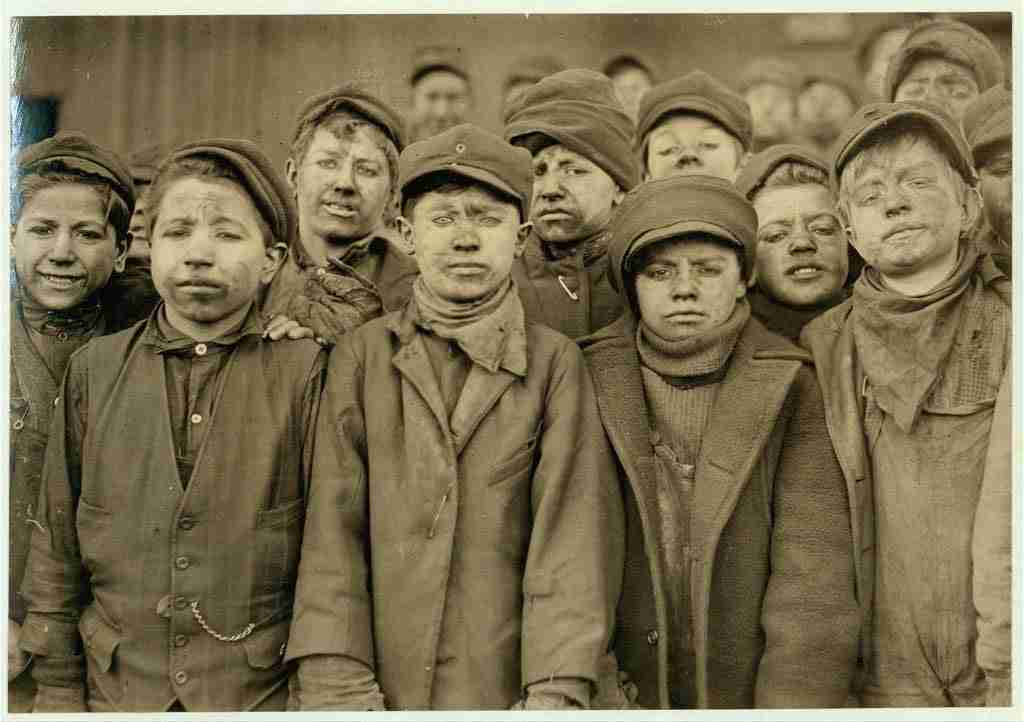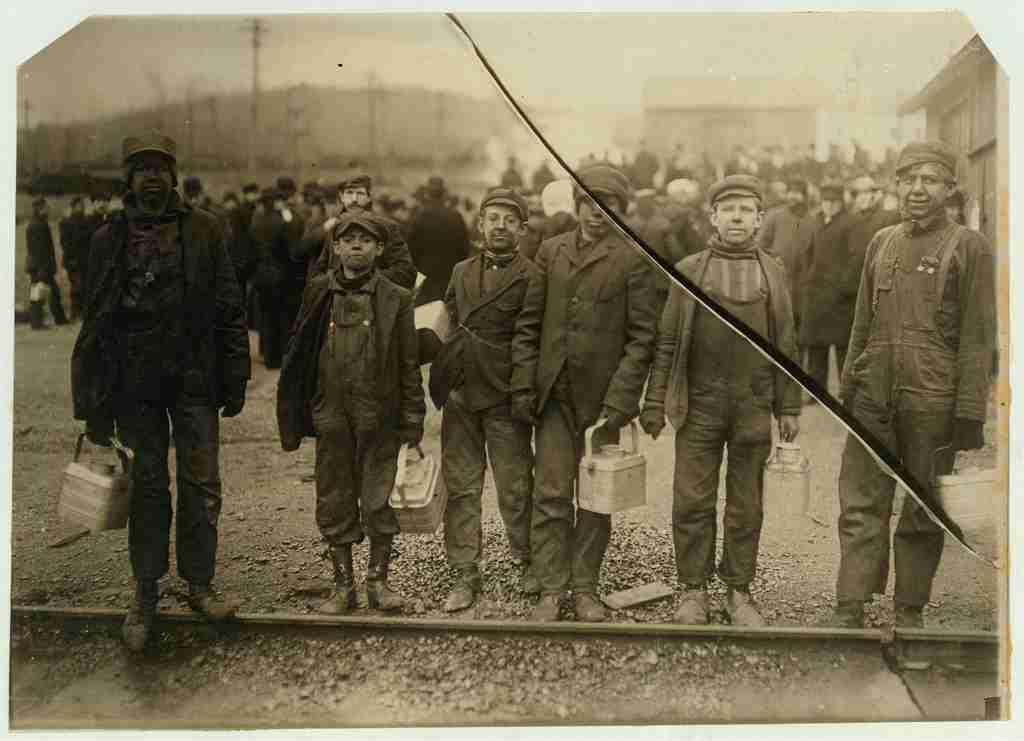Breaker Boys: Childhoods Lost in the Coal Mines

The breaker boys’ story is one of stark contrasts: the innocence of childhood stolen by the grit and grime of industrial labor.
Imagine being eight years old, bent over a conveyor belt, fingers raw and aching from hours of picking slate out of coal. The air is thick with black dust that coats your lungs and clogs your throat. This was the daily reality for thousands of breaker boys in the United States during the late 19th and early 20th centuries. These children, tasked with one of the most grueling jobs in the coal industry, played an overlooked yet pivotal role in industrial America’s rise. Their story is one of hardship, resilience, and, ultimately, change—though not without a significant cost.
The Role of Breaker Boys
Breaker boys worked in coal breakers, where raw coal was crushed and sorted. Their job was simple in theory but brutal in practice: sit beside a moving belt, hand-picking slate and other impurities from the coal before it continued through the sorting process. The boys were typically between eight and twelve, though some started even younger.
The conditions were nothing short of hellish. For ten hours a day, six days a week, they sat hunched in unventilated, dusty rooms, enduring the deafening roar of machinery. Without gloves or protective gear, their hands blistered and bled from handling jagged coal. Accidents were common—fingers crushed by machinery or worse. Coal dust filled their lungs, leading to chronic illnesses like asthma and black lung disease before they were old enough to shave.
However, for many families in coal mining regions throughout Appalachia, sending their children to work wasn’t a choice but a necessity. With meager wages barely covering basic needs, every household member had to contribute. Breaker boys earned as little as 45 cents daily—a small but vital addition to the family’s income.

The Rise and Fall of Child Labor in Coal Mines
The practice of employing breaker boys began in earnest during the coal boom of the mid-19th century. With the rapid industrialization of America, coal became the lifeblood of factories, railroads, and homes. Cheap labor was in high demand, and who was cheaper than children? They were small, nimble, and—most importantly—easily exploited.
Public outcry against child labor started growing in the late 1800s. Reformers like Lewis Hine, a photographer and social activist, exposed the harsh realities of child labor through haunting photographs of breaker boys at work. These images shocked the nation, putting faces to the statistics and galvanizing efforts to change the law.
In 1885, Pennsylvania passed its first law prohibiting the employment of children under twelve in coal breakers. However, enforcement was laughable, and coal companies often found ways around the rules by falsifying age records or outright ignoring the law. It wasn’t until the early 20th century, when technological advancements made manual sorting less necessary, that the use of breaker boys began to decline. By the 1920s, machines had largely replaced them, and stricter labor laws finally began to take hold.
The Human Cost
While statistics and laws tell one part of the story, the human cost is where the heartbreak truly lies. Consider Neil Gallagher, a boy who started working in the breakers at eleven. Within months, he had lost two fingers to a coal crusher. Unable to perform his job properly afterward, he was dismissed without compensation—a common fate for injured workers.
The physical toll on breaker boys was devastating, but the emotional scars ran just as deep. Many grew up without an education, their futures limited to low-paying, high-risk jobs in the mines. Coal companies viewed these boys not as children but as expendable cogs in industry machinery.
Their health was another casualty. Coal dust wreaked havoc on their lungs, leading to lifelong respiratory issues. Few breaker boys lived to see old age, their bodies worn out long before their time. The price of powering America’s industrial revolution was paid, in part, by these children.

Legacy and Modern Reflections
The plight of breaker boys shaped labor laws and workers’ rights movements in the United States. The Fair Labor Standards Act of 1938, which established minimum wage and banned most forms of child labor, owes its existence to the tireless efforts of reformers who championed the cause of children like the breaker boys.
Yet, while the specific role of breaker boys has faded into history, their story remains relevant. Child labor, though outlawed in many countries, persists globally in industries ranging from agriculture to garment manufacturing. According to the International Labour Organization, there are still millions of children working in hazardous conditions today—a sobering reminder that the fight against exploitation is far from over.
For those of us in modern, air-conditioned offices or cozy homes, it’s easy to distance ourselves from the harsh realities of the past. But stories like that of the breaker boys challenge us to consider the actual cost of progress. Their sacrifices laid the groundwork for the labor protections many of us take for granted today.
A Final Reflection
The breaker boys’ story is one of stark contrasts: the innocence of childhood stolen by the grit and grime of industrial labor. It’s a tale that forces us to grapple with uncomfortable truths about our history while inspiring us to advocate for a fairer future. As we sift through the legacy of industrial America, much like those boys sifted coal, we uncover valuable lessons about resilience, justice, and the enduring human spirit.
Though their voices have long since been silenced, the breaker boys speak to us in the laws they inspired, the photographs that captured their toil, and the responsibility they leave us to ensure that no child endures what they did. History may have moved on, but their story remains a powerful reminder of where we’ve been and where we still need to go.


Comments are closed.